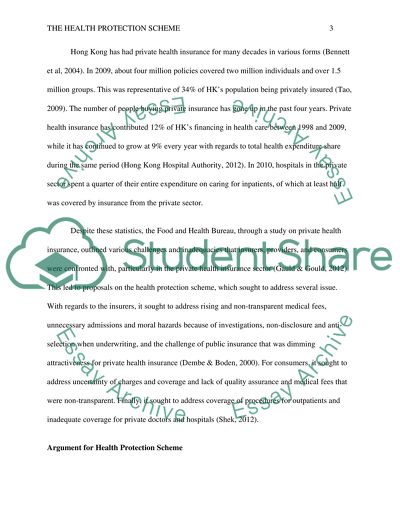Cite this document
(“The Health Protection Scheme Essay Example | Topics and Well Written Essays - 2250 words”, n.d.)
The Health Protection Scheme Essay Example | Topics and Well Written Essays - 2250 words. Retrieved from https://studentshare.org/nursing/1487018-the-health-protection-scheme-should-be-implemented
The Health Protection Scheme Essay Example | Topics and Well Written Essays - 2250 words. Retrieved from https://studentshare.org/nursing/1487018-the-health-protection-scheme-should-be-implemented
(The Health Protection Scheme Essay Example | Topics and Well Written Essays - 2250 Words)
The Health Protection Scheme Essay Example | Topics and Well Written Essays - 2250 Words. https://studentshare.org/nursing/1487018-the-health-protection-scheme-should-be-implemented.
The Health Protection Scheme Essay Example | Topics and Well Written Essays - 2250 Words. https://studentshare.org/nursing/1487018-the-health-protection-scheme-should-be-implemented.
“The Health Protection Scheme Essay Example | Topics and Well Written Essays - 2250 Words”, n.d. https://studentshare.org/nursing/1487018-the-health-protection-scheme-should-be-implemented.


